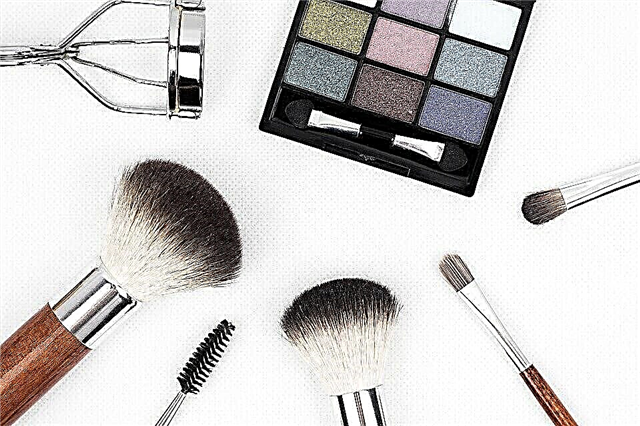Share
Pin
Tweet
Send
Share
Send
Noble, beautiful, sophisticated, delicate, airy, luxurious ... You can continue this way, but still this will not be enough to describe all the virtues of silk.
The gift of a silkworm, a small butterfly that looks more like a “fluffy” moth, is bestowed upon us by nature itself. The first to master the art of making silk were the Chinese. China to this day remains the largest world leader in the production of silk fabrics.Silk products compares favorably with products from other fabrics. As a rule, these are summer or elegant things. But in the cold season, many people are skeptical of clothing made from silk fabrics. And in vain. This fabric has an amazing ability to adapt to the temperature of the environment. In the heat, silk products give coolness, and in cold weather they keep heat and warm well.
The most famous varieties of silk fabrics are chesuch ("wild" silk), satin, chiffon, taffeta, muslin, organza, jacquard and crepe.
Silk requires attention and respect. With proper care, silk products will delight their mistress for a long time.
Silk fabrics shrink, especially crepe silk containing elastane fibers. This aspect must be considered when buying - 10% should be added to the calculated footage.
Silk is rolled only in warm water, not more than 40 degrees. Then let the water drain and dry in a straightened form.
Ariel allows you to easily wash synthetic silk products in the machine, using the function of hand or delicate washing and turning off the spin. But for natural silk, hand washing is preferable.
 Expert Opinion
Expert OpinionThe moderator of our site, an engineer-technologist of sewing production, a sewing teacher, Svetlana Khatskevich, also gives our readers valuable recommendations on caring for silk products:
Silk can be different - from unpretentious in tailoring and care to very delicate, requiring a careful attitude, for example, satin silk with designer prints.
On plain silk, often even a small drop of water leaves a trace. And the more we try to get rid of it, the more a blurry blur we get. You can get rid of such traces of water on silk only by wetting a section or thing entirely in warm water.
But silk should not be soaked for a long time - in water it loses its strength. Therefore, the silk is not twisted in a wet state, but squeezed out, first squeezing slightly with your hands, and then in a towel.
It is better not to wet delicate silk when decating, but to wrap the cut in a damp sheet and let it lie down for a while. And then dry and iron in a slightly wet state with an iron without steam from the inside.
Silk with bright prints can quickly fade, so after washing it is better not to let water flow (otherwise the picture may leak), and immediately squeeze it in a towel. And when rinsing add to the water 1 tbsp. a spoonful of vinegar.It is better to wash such silk with non-aggressive detergents without bleaching particles.
Silk of a crepe twist, such as our crepe de chine, can sit down after each wash. This must be taken into account when choosing the length of the sleeve of the product, it is better to make it longer than usual. And do not allow the silk to dry out after washing, otherwise it cannot be ironed. It is better to iron the silk in a slightly damp state.
Follow the announcements and news on our website! The next article will be published soon with helpful tissue care tips!
Read more about tissue care.
Text: Svetlana Khatskevich.
Photo: PR.
Share
Pin
Tweet
Send
Share
Send



